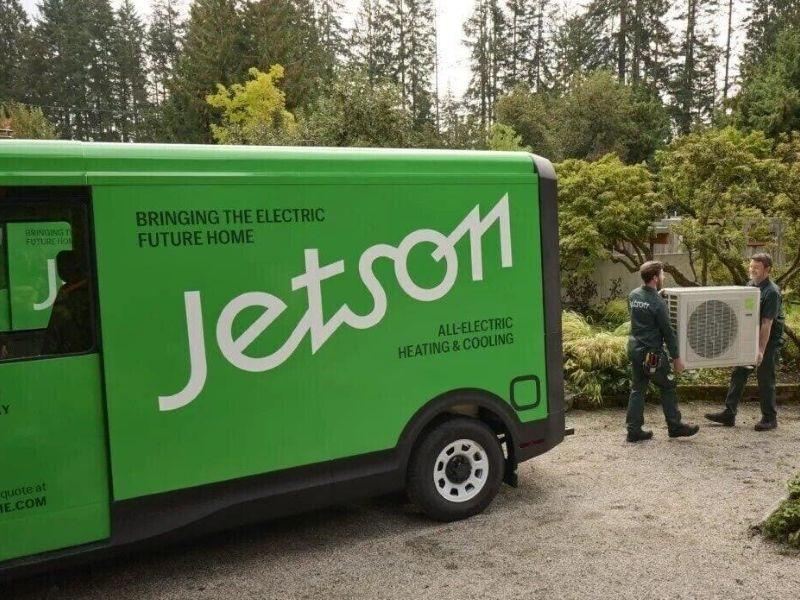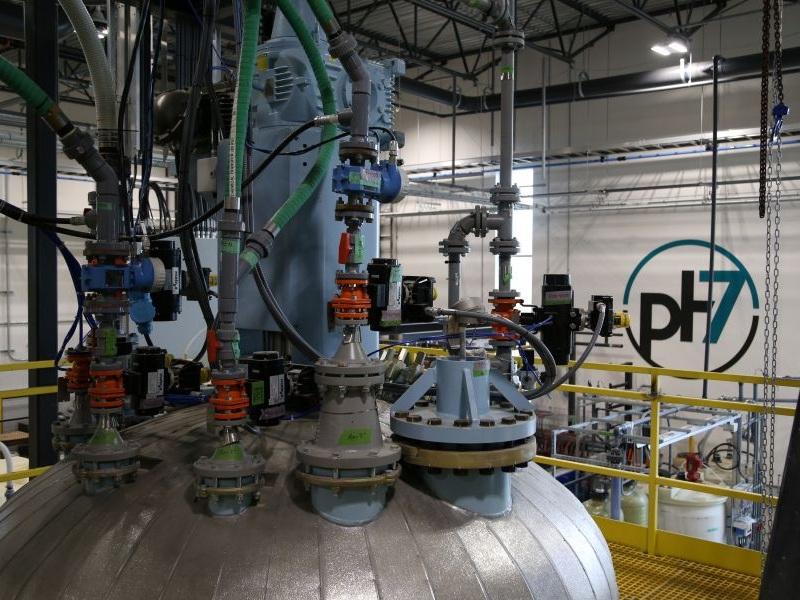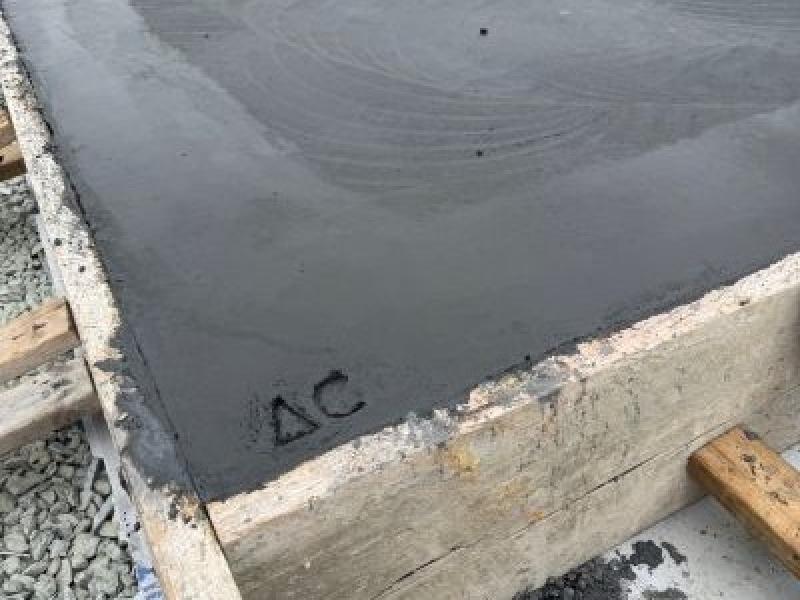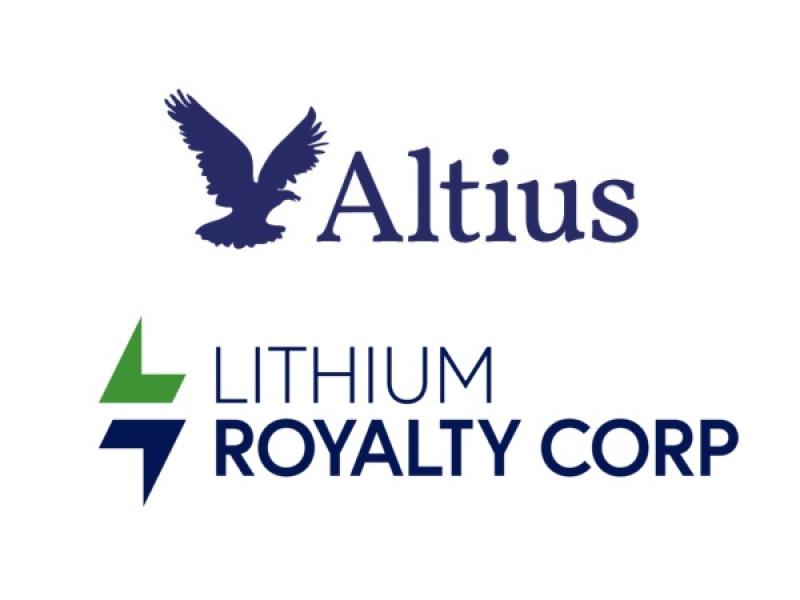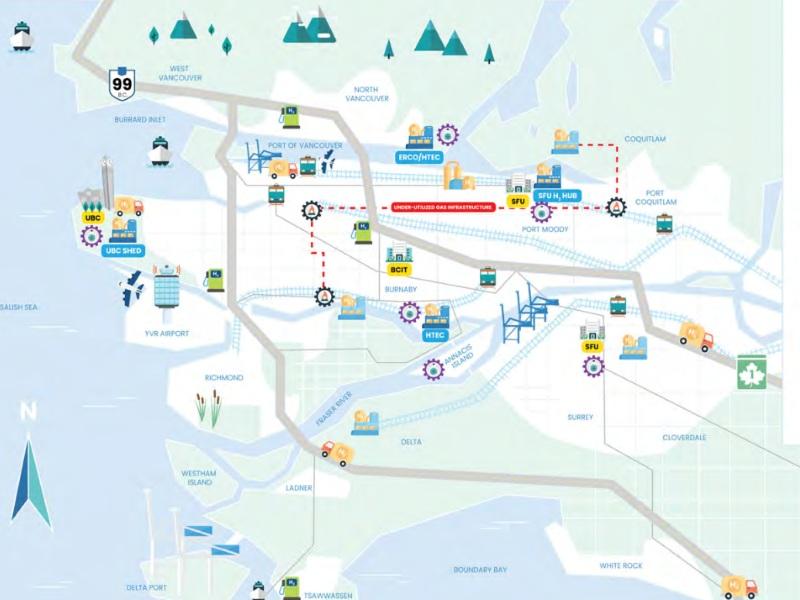
A series of reports written by cleantech accelerator Foresight Canada lays out the strengths and weaknesses of four regional hydrogen hubs in British Columbia, outlining a potential game plan for the province.
Vancouver-based Foresight breaks down its insights into the Lower Mainland, the Northeast, the Southern Interior and Vancouver Island. Foresight examined the advantages and hurdles for each region in growing a local hydrogen industry, how the clean fuel would be best used, and recommendations for stakeholders interested in advancing the sector.
Commissioned by the provincial government’s Clean Energy and Major Projects Office, the goal was to “help drive progress towards the CleanBC goals and implement some of the actions that were listed in the B.C. Hydrogen Strategy,” Alyssa Kelly, director of research at the non-profit, said in an interview with Sustainable Biz Canada.
British Columbia is already Canada’s leader in the hydrogen industry, hosting companies like fuel cell developer and manufacturer Ballard Power Systems Inc. and hydrogen fuel producer HTEC.
The provincial government has supported the hydrogen industry as a way to decarbonize its energy use. One estimate cited by the government in a report says hydrogen has the potential to eliminate the equivalent of 11 per cent of the province’s greenhouse gas emissions, from a 2018 baseline.
Each region's strengths
The Lower Mainland, the southwest region that includes Vancouver, has the advantage of its geography. The Port of Vancouver and the region’s pipelines can be leveraged to transport hydrogen to other markets, Kelly said. Additionally, the region holds many hydrogen companies and a hydrogen technology cluster.
The Southern Interior, an area east of the Lower Mainland stretching to the Alberta border, has a strong industrial ecosystem, Kelly noted.
The Hydrogen Research Lab at The University of British Columbia – Okanagan makes the Southern Interior a leader in research and development. An existing industrial base in the energy-intensive sectors of mining, forestry and agriculture present opportunities for decarbonization.
The Lower Mainland and Southern Interior were regions that stood out to Kelly for their respective attributes.
To the Northeast, which straddles British Columbia’s border with Alberta, Yukon and the Northwest Territories, the abundant natural gas resources, infrastructure and workforce can be adapted to hydrogen. Plus, the region’s geography is amendable to carbon capture storage technology in its gas reservoirs and saline aquifers.
The Northeast is particularly suited to “blue hydrogen” production, Kelly said - hydrogen fuel produced from natural gas and subject to carbon capture. “The infrastructure isn’t there yet, but I think there is potential,” she added.
As Vancouver Island’s forestry and pulp industry is on the decline, the facilities with existing water and electricity infrastructure can be converted to hydrogen production, Kelly suggested.
Like the Lower Mainland, the island has access to low-cost electricity, water and potential export markets, which makes it a “strategic location for hydrogen production and distribution,” the report states.
Obstacles for B.C.'s hydrogen sector

Consistent limitations in all regions are the local regulations and alignment with laws. Foresight recommends governments and regulators take steps to streamline regulatory processes with the industry, and create standardized safety protocols, environmental regulations and infrastructure.
Resource management is a concern Kelly identified. British Columbia has the blessing of low-carbon hydroelectricity and water for the hydrogen sector, but the constraints must be monitored.
Another issue is how there are “many ways to transport and store hydrogen, but the infrastructure is not quite there yet,” Kelly pointed out. This is due to the high cost of developing the infrastructure and the province’s mountains and roads being underdeveloped.
More funding and government support will be needed for the emerging industry, the report states.
“For these low-carbon fuels to be able to compete with fossil fuels, there really does need to be policy support,” such as incentives, pollution pricing, project funding and streamlined regulatory and permitting processes, Kelly said.
She believes hydrogen has the potential to be cost-competitive with fossil fuels.
In a B.C. Hydrogen Strategy document, the provincial government estimated a competitive production cost would need to be no higher than $3 per kilogram by 2030. A literature review suggested the current projections for 2030 blue hydrogen production costs in B.C. are for prices to fall between $2.14 to $2.71 per kilogram.
Hydrogen one tool for decarbonization among many
The industry has hit a rough patch as of late. Ballard struggled financially last year and at least seven high-profile projects have been cancelled or paused because of setbacks including high costs and transportation limitations, CBC News found earlier this year.
Kelly acknowledged the industry is facing growing pains, and she does not expect hydrogen to likely find widespread use until 2030 and beyond.
Hydrogen, she said, is one tool to help reach net-zero, and a way to decarbonize industries where electrification is not feasible.
“Low-carbon hydrogen will hopefully continue to advance in technology, effectiveness and efficiency. Hopefully costs will go down and in the future it will be a component of our suite of low-carbon energy and cleantech solutions.”


